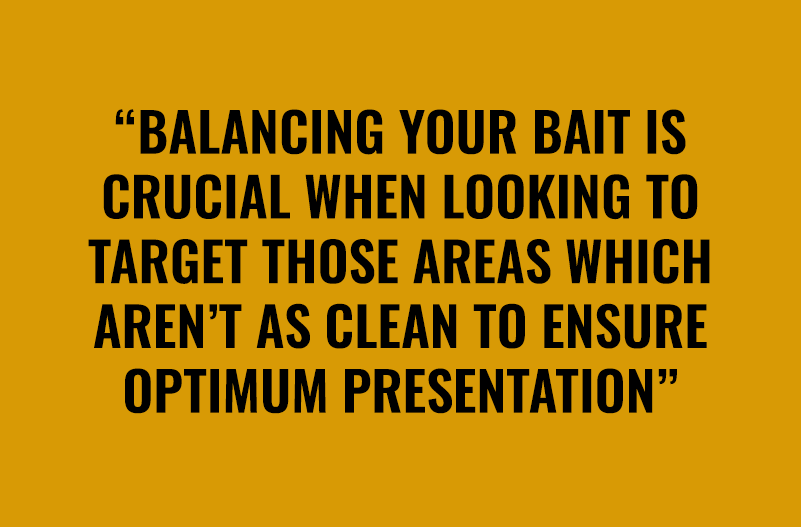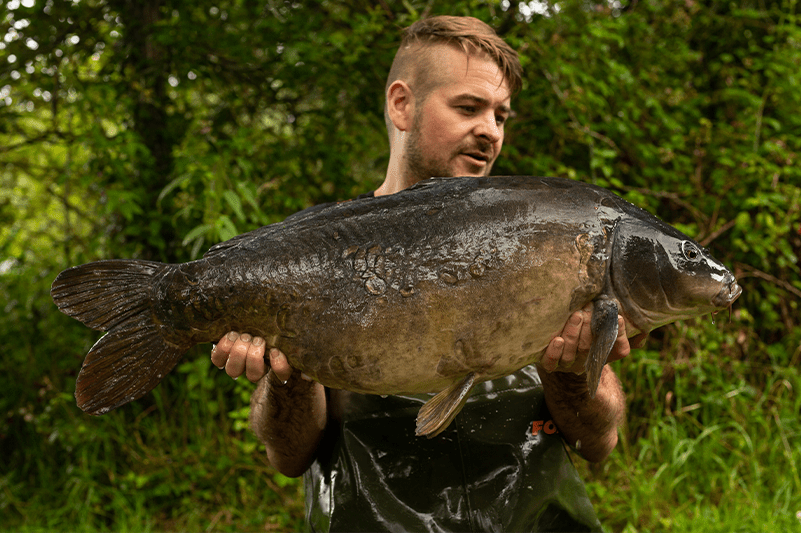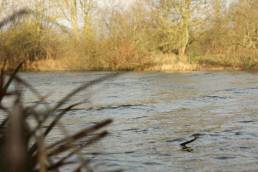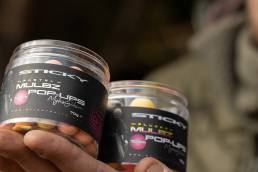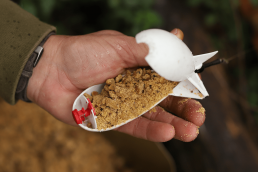
Scott Lloyd tackles the subject of hookbaits discussing his own choices and the reasons behind them.
Scott Lloyd tackles the subject of hookbaits discussing his own choices and the reasons behind them.
Hookbaits have become a collector’s item over the years, as anglers we seem to have this obsession of hoarding them to the point we have so many, it’s hard to choose the right ones. This choice is of paramount importance, as if a carp doesn’t want to pick up your hookbait, then you are simply not going to catch it! It isn’t rocket science, but there’s a few criteria that have to be met for me, from the substrate on your chosen spot, to specific characteristics I want from my hookbait, such as buoyancy, colour and type.
First and foremost, before we touch on colours and everything else, I would like to touch on buoyancy, because it’s all about balanced baits for me. A critically balanced bait sinks slowly on whatever rig you use, be that a wafter or a pop-up. It’s something I have notice whilst doing tuitions, that so few people pay any attention to. Particularly with pop-ups, people seem to use as much putty as they can and end up with a hookbait that sinks almost as fast as their lead! Ideally, you want a pop-up to come down to rest slowly, as this gives you a better presentation, laying the rig out straight and of course it will fly into a carp’s mouth with ease. The key is to use just enough putty on a pop-up rig to sink the bait slowly. You have to bear in mind, that during the night, the bait will take on water and will become less buoyant, so going as close to neutral buoyancy at the start as you dare is the best way to go.


In terms of bottom baits, I hardly ever use a standard bait with no buoyancy, I always use a wafter of some description, be that a dumbbell straight from the tub, or a corked-out tiger nut. So long as it settles down perfectly it’s good to use in my book. This obsession with buoyancy comes from years of watching fish feed, and it’s clear that carp can control their suction to a minute degree. Therefore, anything that’s light, with a bit of buoyancy will fly into their mouth, whereas a bottom bait would stay put.


When fishing over hard ground, such as gravel or clay, I would 99% of the time recommend using a wafter. It’s just less blatant than a pop-up and will get you far more bites. Alternatively, in any scenario that has weed, soft ground or leaf litter involved, I would always go for a pop-up. You need to know that you are presented, and the only way you can do that is with a pop-up. I have written about it to death before, but I only use two rigs for the vast majority of my fishing, The Noodle and Stiff Hinge. They do almost everything and for everything else, I use a Chod, especially if I am casting to showing fish, with no idea of the bottom make up.




Moving onto colour choice, my first port of call for the majority of the year is a match-the-hatch hookbait. Whether it’s a pop-up or a wafter, I like matching my hookbait to the bait I am feeding, which more often than not, is a mix of hemp, nuts and crushed boilies. Something bright over the top of that will stand out like a sore thumb, and so I prefer to blend in a bit more. During the early spring, this is the only time I would consider using fluoro hookbaits over standard ones, as the fish start waking up, looking for food. They can be good for a quick bite either on their own, or over a very small bit of bait.


The final point I would like to raise is to simplify things! At the start of this little feature, I mentioned how easy it is to collect hookbaits, but in reality you only need two or three different ones. I have a tub of pre-drilled out tiger nuts, a tub of dumbell wafters in either Krill or Manilla depending on the boilie I am using at the time and a tub of mixed pop-ups like Mulbz. This covers all basis, and means I have less to carry and the less confusion you have over your hookbait, the more time you can spend focused on finding the carp in the first place!

